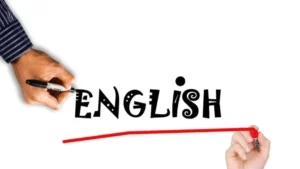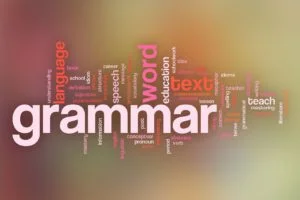If you are a reader then you will know that one sentence is different from another sentence on a lot of bases. English and grammar are a very wide world there are lot of categories and specifications in which makes this language beautiful. Figurative language is one such thing that helps in enhancing the beauty of all the sentences and narration. And the fact is that figurative language is a big field on its own. And there are many different types to it. If you want to excel in this language then you need to get a good command of this part.
In this article, we are going to talk about figurative language and what it is all about. You will get to know about all its types how to use them and some examples to understand them a little better. It will also tell you about how it helps in notching up the writing game.
Do not forget to visit Podium Website and read these articles
What is Figurative Language ?
Figurative language refers to the use of words in a way that deviates from the conventional order. It is a different way of saying a thing that it conveys its meaning in a much better and more interesting way. They convey a complicated meaning, colourful writing, clarity, or evocative comparison. In literature be it prose or poems they very prominently enhance the quality of the content. It uses an ordinary sentence to refer to something without directly stating it. In simple words, they is a new colour added to sometimes boring content to make it vibrant.
There is a whole world of interesting figurative languages that are used in literature.

| Metaphor | Similie | Idioms | Metaphor | Alliteration | Hyperbole |
| Onomatopoeia | Peraonification | Irony | Pun | Oxymoron | Understatement |
Have a look at this video it will help you in understanding all the figurative language in a better way along with that you will get to know what impact do they show in literature
12 Types of Figurative Language and Their Examples
Mentioned below are some of the most commonly used figurative language and how they are used in English. Along with that, they are also supported by some examples for a better understanding.
Simile
A simile is a figurative language type that shows a comparison between two things. In a very simple and straightforward way, it will show you the comparison of two things. But sometimes highlights the adjectives of those two things. It uses words such as ‘Like’ ‘So’ ‘Than’ and ‘As’. The purpose of a simile is to help describe one thing by comparing it to another thing that is perhaps seemingly unrelated.
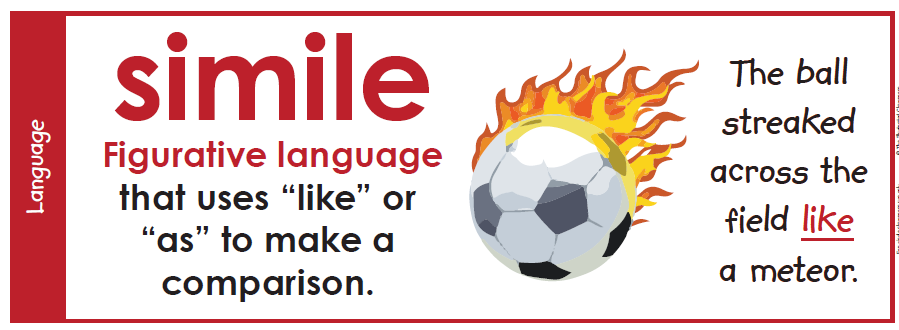
Examples of Simile
- Komal is as fair as Snow White.
- Dev is as funny as a Joker.
- Watching the show was like watching grass grow.
- Quilt is as soft as a feather
- Shiv is as tall as a Giraffe
Metaphor
Another figurative language type that we have is Metaphor. In this, a word or phrase denoting one kind of object or action is in place of another to suggest a likeness or analogy. It helps in showing the hidden similarities in things. With the help of this, you can also make a comparison between two things. At times both of these figurative languages can appear the same but there is a thin line that differentiates them.

Examples of Metaphor
- Manav was drowning in a sea of grief.
- After the death of her mother she is going through a rollercoaster of emotions.
- Muskan’s lovely voice is music to ears.
- All religions, arts and sciences are branches of the same tree.
- Laughter is the music of the soul.
Personification
Personification is a type of figurative language that means presenting a nonliving thing as a living thing. It occurs when a thing or abstraction is represented as a person, in literature or art, as an anthropomorphic metaphor. Mostly the main motive behind this is to show the thinking and emotions that might be going through the mind of that nonliving thing.
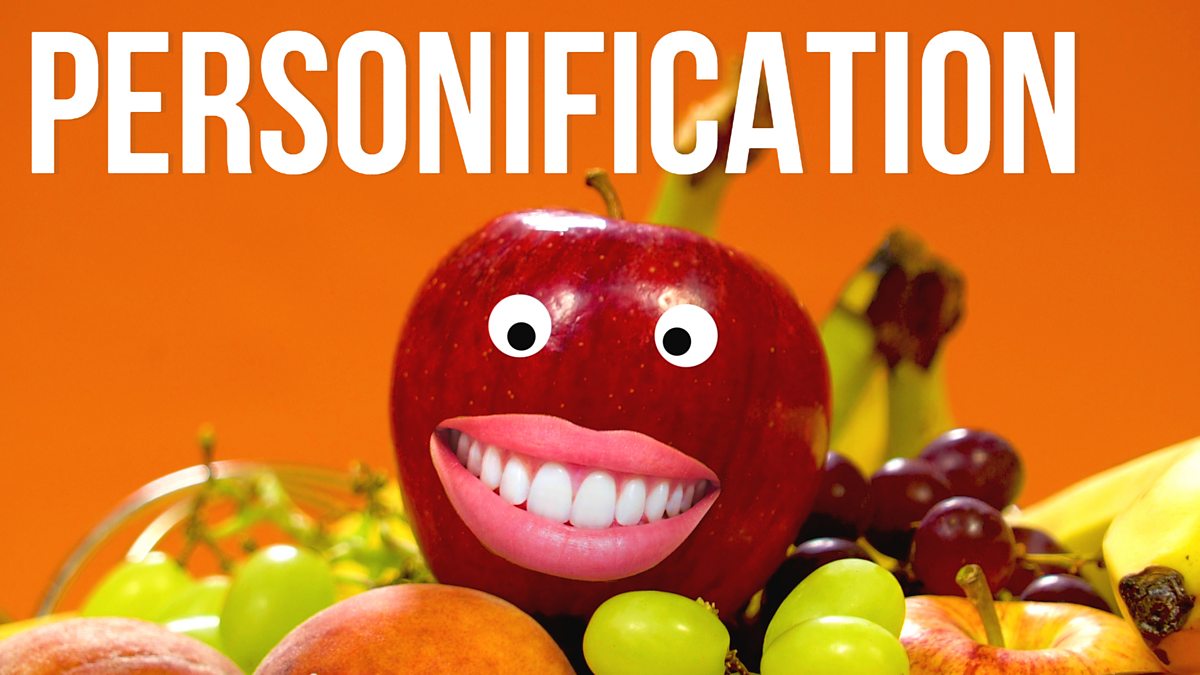
Examples of Personification
- The sun was shouting on the city with its screeching light.
- Priya heard the last piece of pie calling her name.
- My alarm clock yells at me to get out of bed every morning.
- Last night lightning was dancing across the sky.
- The stars winked in the night sky.
Hyperbole
In this figurative language, a thing will be shown in many levels ups than it is. It can be in terms of size, effect, sound, and a lot of other things. It is done with a motive to make something sound better, more exciting, dangerous, etc. than it is. In poetry and oratory, it emphasizes, evokes strong feelings, and creates strong impressions. But, People should not take it literally.

Examples of Hyperbole
- I’m so hungry I could eat a horse.
- She’s as old as the hills.
- I walked a million miles to get here.
- She can hear a pin drop a mile away.
- He’s as skinny as a toothpick.
Onomatopoeia
Writing is a work of imagining things and presenting them in a real way. Onomatopoeia is the process of creating a word that phonetically imitates, resembles, or suggests the sound that it describes. It emphasises presenting the sound of a thing in writing that it might have in real life. It helps in adding a more real and fun touch to the writing. This whole language and word is onomatopoeia.

Examples of Onomatopoeia
- Machine noises—honk, beep, vroom, clang, zap, boing.
- Animal names—cuckoo, whip-poor-will, whooping crane, chickadee.
- Impact sounds—boom, crash, whack, thump, bang.
- Sounds of the voice—shush, giggle, growl, whine, murmur, blurt, whisper, hiss.
Alliteration
Another figure of literature is Alliteration. It is the conspicuous repetition of identical initial consonant sounds in successive or closely associated syllables within a group of words, even those spelt differently. It helps in linking words in a much better way and creates a sense of similarity. The words must start with the same sound.
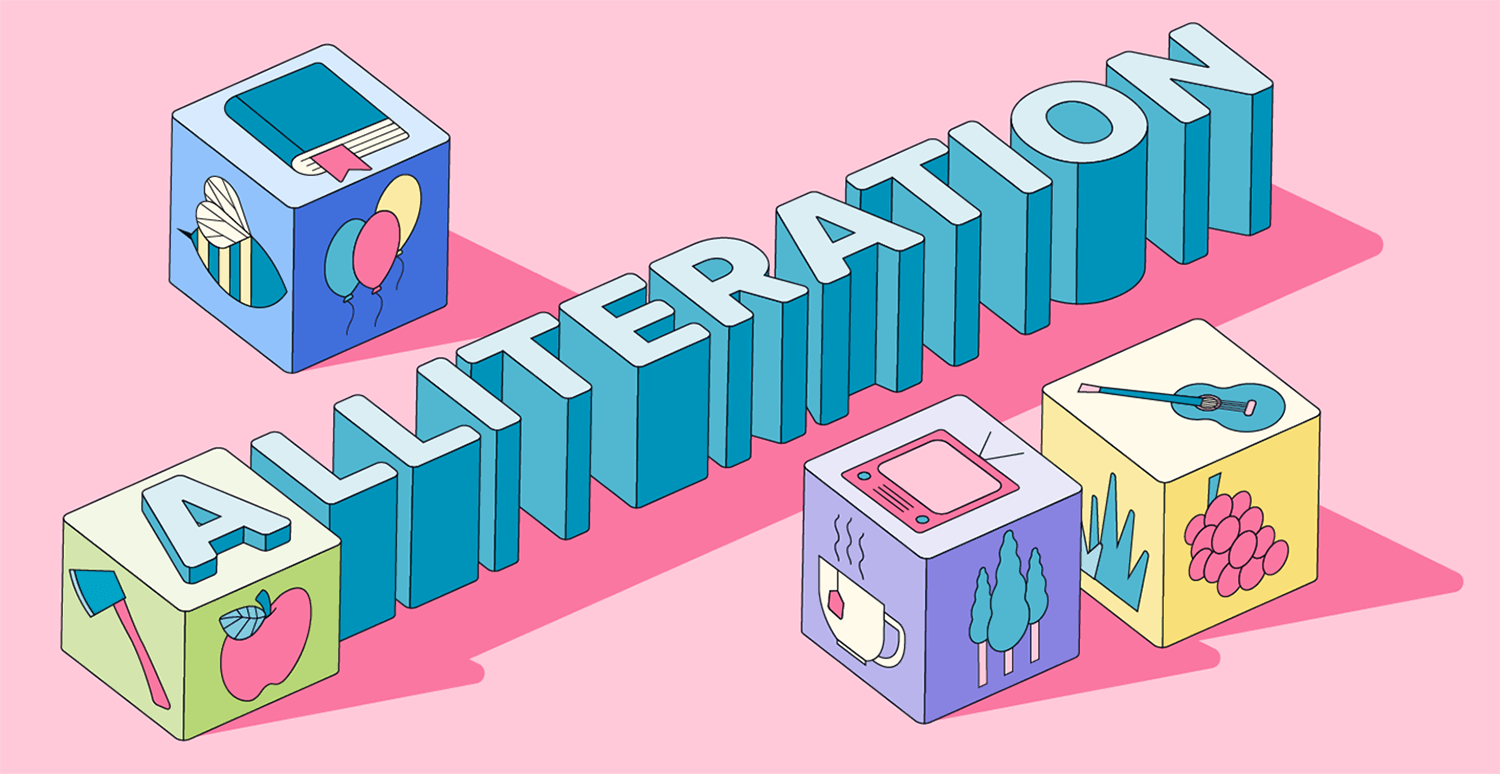
Examples of Alliteration
- Peter Piper picked a peck of pickled peppers.
- A good cook could cook as many cookies as a good cook who could cook cookies.
- Sheep should sleep in a shed.
- A big bug bit the little beetle but the little beetle bit the big bug back.
- Black bug bit a big black bear.
Irony
Irony is one of the most common and widely used figurative languages. It means when a word opposite to the situation is used to describe it. It has an unusual or unexpected part of a situation, etc. that seems strange or amusing. There is irony all around us and people use it in common talking as well.
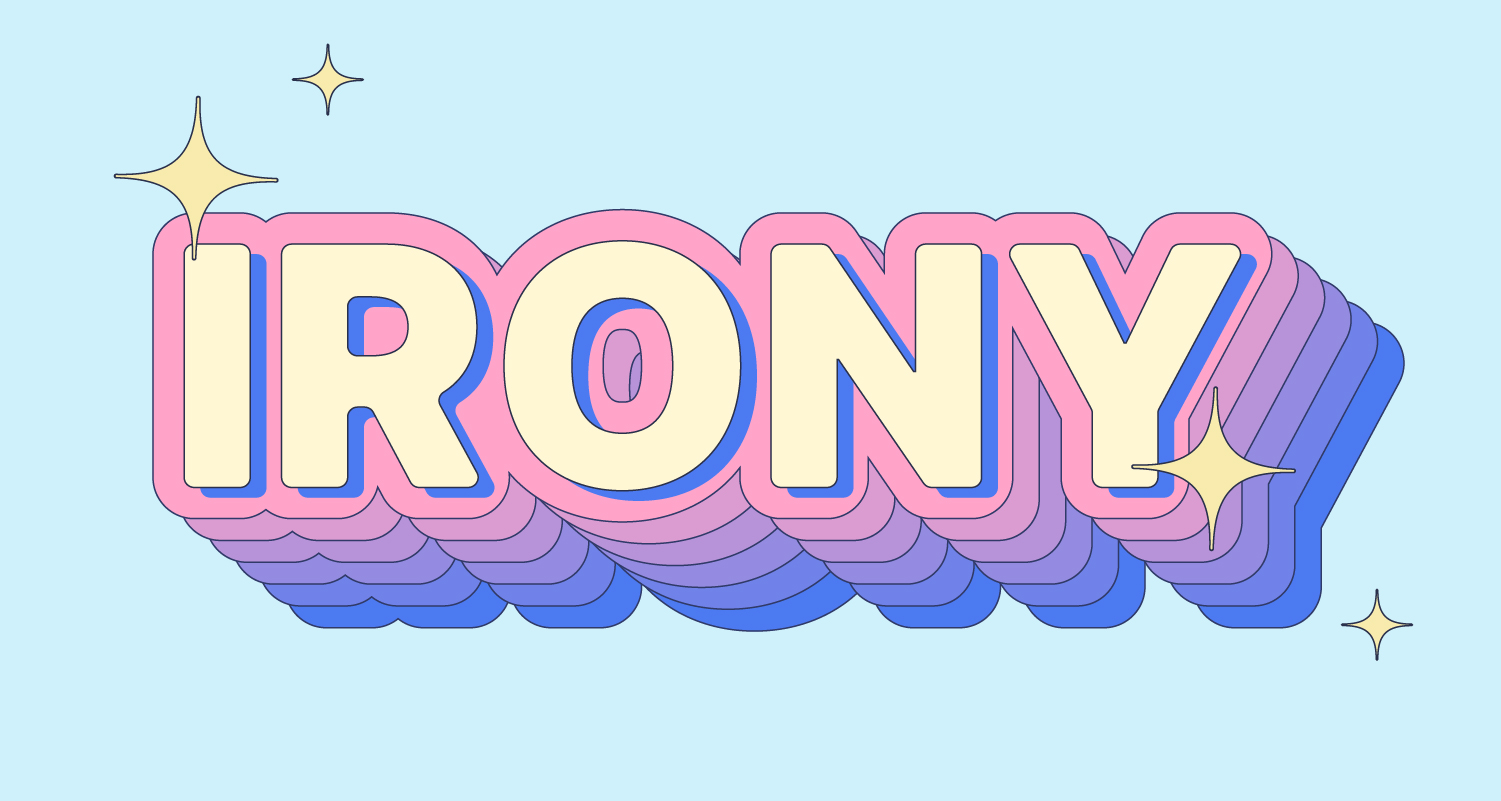
Examples of Irony
- Telling a quiet group, “don’t speak all at once”
- Coming home to a big mess and saying, “it’s great to be back”
- Telling a rude customer to “have a nice day”
- Walking into an empty theatre and asking, “it’s too crowded”
- Stating during a thunderstorm, “beautiful weather we’re having”
Pun
It is one of the most classic and fun figurative languages to use. It is an amusing use of a word that can have two meanings or of different words that sound the same. They are aimed for an intended humorous or rhetorical effect.

Examples of Pun
- The cyclist was too tired to win the race.
- I like archery, but it’s hard to see the point.
- If you stand by the window, I’ll help you out.
- The wedding cake had me in tiers.
- Hand me that newspaper so we don’t have crosswords.
Oxymoron
It is a figurative language in which concepts with opposing meanings within a word or phrase creates an ostensible self-contradiction. It is done to show the imaginary surroundings of a thing and set an environment. But at times it helps in delivering the completely accurate meaning of a thing.
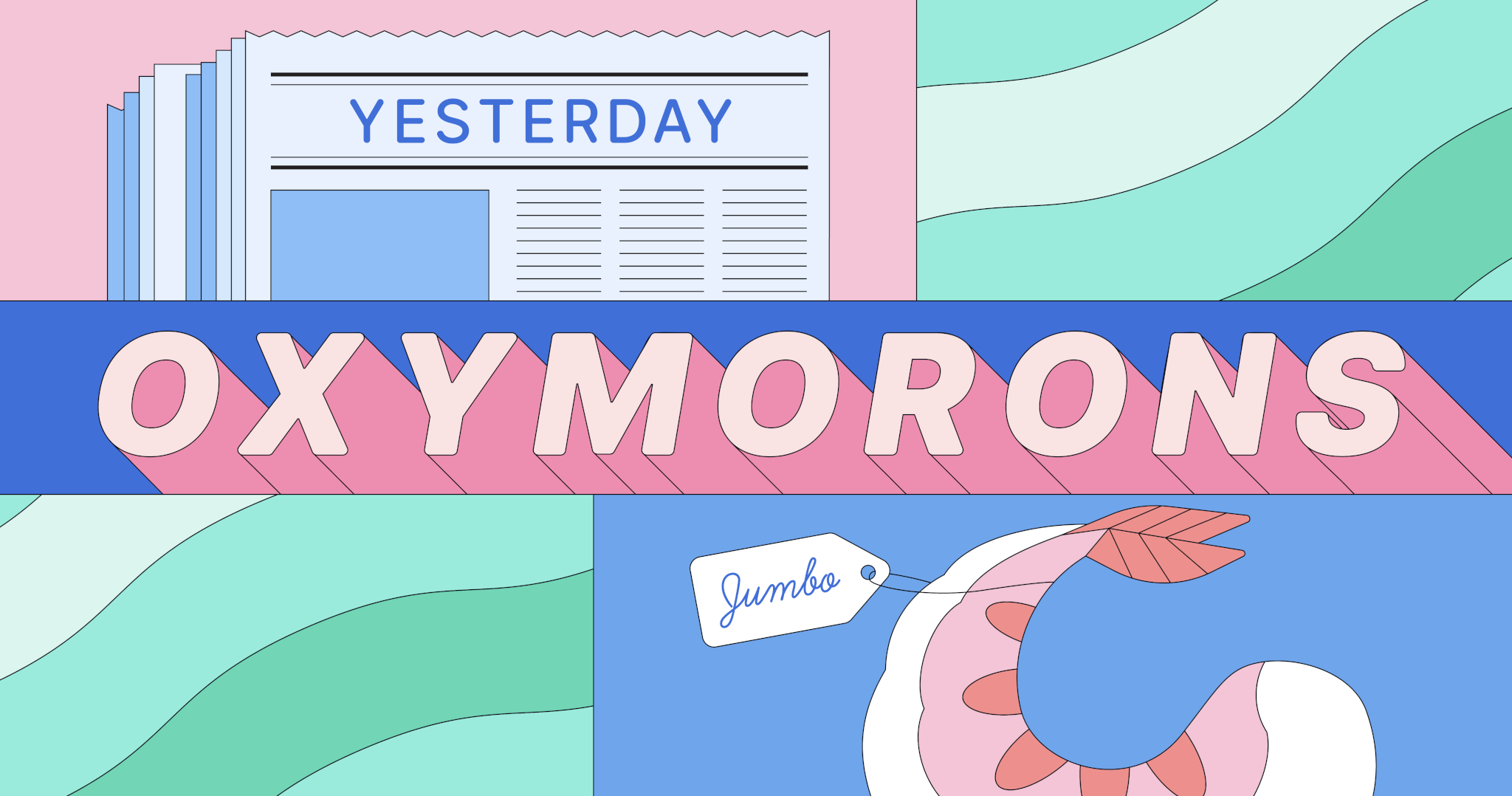
Examples of Oxymoron
- “Small crowd”
- “Old news”
- “Open secret”
- “Living dead”
- “Deafening silence”
- “Only choice”
- “Pretty ugly”
- “Awfully good”
Understatement
Understatement is an expression of lesser strength than what the speaker or writer actually means or than what is normally expected. It can be considered as the opposite of Hyperbole or exaggeration. It is mostly used for emphasis, irony, hedging, or humor. Sometimes it uses negative syntax as well. This can be done for an ironic effect or simply to be polite.

Examples of Understatement
- “Deserts are sometimes hot, dry, and sandy.” – Describing deserts of the world.
- “He is not too thin.” – Describing an obese person.
- “Yesterday it rained a bit more than usual.” – Describing an area being flooded by heavy rainfall.
- “It was O.K.” – Said the student who got the highest score on the test.
- “It is a bit nippy today.” – Describing the temperature, which is 5 degrees below freezing.
Symbolism
It is very clear that in this we use a symbol to present something. Symbolism can be defined as the practice or art of using an object or a word to represent an abstract idea. In this rather than using the literal meaning of a thing, we use a symbolic meaning.

Examples of Symbolism
- rainbow–symbolizes hope and promise.
- red rose–symbolizes love and romance.
- four-leaf clover–symbolizes good luck or fortune.
- wedding ring–symbolizes commitment and matrimony.
- red, white, blue–symbolizes American patriotism
Idiom
Idioms is a phrase or group of words with a meaning that should not betake in a literal way but has a deep meaning. But some phrases become figurative idioms while retaining the literal meaning of the phrase. Usually, they are in use for a very long time and are a part of day-to-day talking.

Examples of Idiom
- Busy as a bee – To be very active and working hard at something
- Curiosity killed the cat – Asking too many questions may get you in trouble
- You can’t teach an old dog new tricks – It’s harder for older people to learn new things
- Raining cats and dogs – It is raining very hard
- The world is your oyster – You can achieve whatever/go wherever you want
There are not only 12 Figurative languages but many more than that. Look at this video and it will help you in understanding all the 22 types of figurative languages and their uses in a much better way,
https://www.youtube.com/embed/OZZkOOjlcgc?feature=oembedTypes of Figurative language, their uses, and examples
Reasons for Which Figurative Language is Used
When you read a piece of fiction or content at first glimpse you might not be able to understand why figurative language is used in it. But mentioned below are some reasons for which it is used:
- Compare two unlike ideas to increase understanding of one
- Describe ideas sometimes difficult to understand
- Show a deeper emotion or connection
- Influence the audience
- Help make connections
- Make descriptions easier to visualize
- Elicit an emotion
- Helps in giving words to the imagination
Importance of Figurative Language in Literature
The figurative language might not look important at the first glance but they are a really important part of the English language. They help in notching up the game of your writing. Here is why figurative language is important in literature:
- Helps in conveying the image of a thing or a situation in a much better way.
- It can be used to compare one idea to a second idea
- It is an effective way of communication
- Figurative language transform ordinary descriptions into evocative events, enhance the emotional significance
How do You Teach Figurative Language?
Learning a figurative language is not a necessity but learning it can do wonders for you. Here are some simple ways by which you can easily start learning the figurative language:
- Develop a habit of reading to know what they are and how they are used and try to focus more on poems.
- Try to get a contact of what the person is trying to convey through his words.
- Start learning about them and read different types of figurative language to understand them better.
- Get indulged in a proper practice routine. Once you are clear with the basics you can start experimenting with your content by including these figurative languages in it.
FAQs
What is the rule of figurative language?
Using figurative language is no rocket science that there are no hard rules that you need to abide by. But there are still some important points that you need to keep in your mind while using them in your content. It should not use the usual words but should still be able to convey the meaning. It should not confuse your readers and should deliver a clear picture. Whatever the sentence says should not be taken in a literal way.
How does figurative language change the mood?
Imagine you are reading a book and pages after pages you are reading simple sentences with clear and straight meaning. Then comes a sentence that is not usual but unique and delivers the meaning in an equally clear way. It will leave more impact on you. And this is how it helps in setting the mood of the whole paragraph or the sentence that they are trying to convey.
They are simple plus unique at the same time and give a whole new angle to the thing or situation that the writer is trying to convey through it.
How does figurative language differ from everyday language?
Our everyday language is usually simple. We use common words and say things in a normal way. In simple words, our everyday language is plain and easy to understand. While on the other hand figurative language holds beauty. It tries to say easy things innovatively and beautifully so that it leaves more impact on the readers. It can be said that using the figurative language regularly is not very practical.
How is Metaphor different from Simile and what are the similarities they have?
At first glance metaphor and simile can appear and sound very similar. Because they both compare one thing from another. But there is a thin and sometimes huge line that differentiates them. The difference between similes and metaphors comes down to a word. Similes use the words like or as to compare things on the contrary Similes use the words like or as to compare things. Once you start practising you will be able to understand the clear meaning between both these figurative languages.
How do you make figurative language fun?
Figurative languages are one of the most fun things in grammar. They can be made even more fun and interesting for kids to learn by using picture books, photos, videos, communicatively adapting them, and putting them in a situation of face-off. The best thing to do is to let kids use their imagination to the fullest.
What are some popular and informative Idioms that kids should know about?
Idioms are a group of few words that help in conveying a meaningful thing. And they are an important part of our language. Here are some informative idioms that your kids should know about:
- Cool as a cucumber – To be very calm under stress
- Busy as a bee – To be very active and working hard at something
- Curiosity killed the cat – Asking too many questions may get you in trouble
- You can’t teach an old dog new tricks – It’s harder for older people to learn new things
- Raining cats and dogs – It is raining very hard
- The world is your oyster – You can achieve whatever/go wherever you want
Why do authors use different types of figurative language?
Figurative language is a one-word but it has a lot of divisions in it. Many different types of languages convey different meanings. So authors use different types of languages to present different things in a unique and more presentable way. Sometimes literal language isn’t enough to convey a message or intent, and more vivid imagery is necessary to help readers understand the scope of your narrative. This is where the use of figurative language comes in.
Can kids understand about different types of Figurative Speech?
The level of figurative language is very different some of them are easy to use while some have a level of complexity in them. If you want kids to learn this then you need to get started from easy things. Teach them simple things and simple figurative languages and then slowly rank them up to more complex ones. It is also important that they have a good command of the basics and there is no doubt in their mind. Reading books and poems is one of the best ways to do that.
Final Thoughts on Figurative Language Types
Reading and writing are inseparable parts of our lives. We can not go a day without doing either of these and they make our day much more interesting. At times we might now be able to understand what the writer is trying to say but sometimes things strike us hard because of the way they are said. And it is all the magic of narration and figurative language used in it. At times we are mesmerized a lot about how a thing is said.
There are many different types of figurative language that you can use in your content and say a thing differently. If you also aspire to be a better writer or simply understand the written things in a better way then you need to have a good understanding of this part. And this article will help you understand all about it.
Share with your friends


